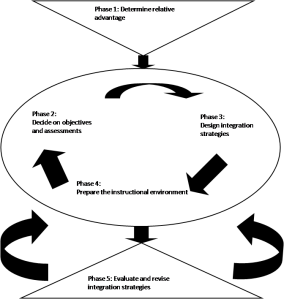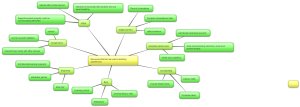Moving on to module 3 this week, we are now focusing on preparing for prac (which is a little daunting and overwhelming). I received 12 subject credits for previous study, and as a result, this is my first prac at a school and I am very, very nervous (perhaps a little petrified :() I have printed off the information and forms on the professional experience website, but the whole thing is still feeling a little surreal.
I have made myself a list of questions to ask my mentor before my professional experience begins so that I have a sound knowledge of the class context and dynamics, the students abilities and what topics will be taught while I’m there.
We are also encouraged to create and maintain a professional experience folder in which we collect evidence and resources to use when we go to job interviews 🙂 There is a lot to remember and a lot to do, so I have made myself a checklist to make sure I keep on track and don’t forget anything. Is there anything else you can add that I have forgotten?
Before Prac starts:
Contact site co-ordinator and organise time to meet mentor (day/ time suitable for them)
Meeting with mentor, ask if possible to visit class prior to prac starting
Contact USQ Liaison
During Prac:
Be at school from 8-4pm
Show mentor lesson plans prior to teaching
Ask for feedback at the end of each lesson/ day (write feedback on lesson plan template)
Observe students
Observe mentor- routines, approaches used, children’s portfolios, how lesson plans are written
Write daily reflection on each lesson
Ask mentor to complete weekly feedback form (week 1 and 2)
Ask mentor to complete ICT statement and professional experience report (week 3)
Ensure SONIA result has been entered before leaving on last day
Ask for reference from teacher/ site co-ordinator
Create/ maintain prac folder. Need to collect the following evidence:
Class info- Class roll, seating plan, special needs, gender mix, age group, other diversity needs
Observations
Lesson plans including handouts used
Lesson plan- Feedback given by mentor
Personal daily reflections
Weekly feedback forms x 2
Professional experience report
Reference
ICT statement
Resources/ names of resources used

